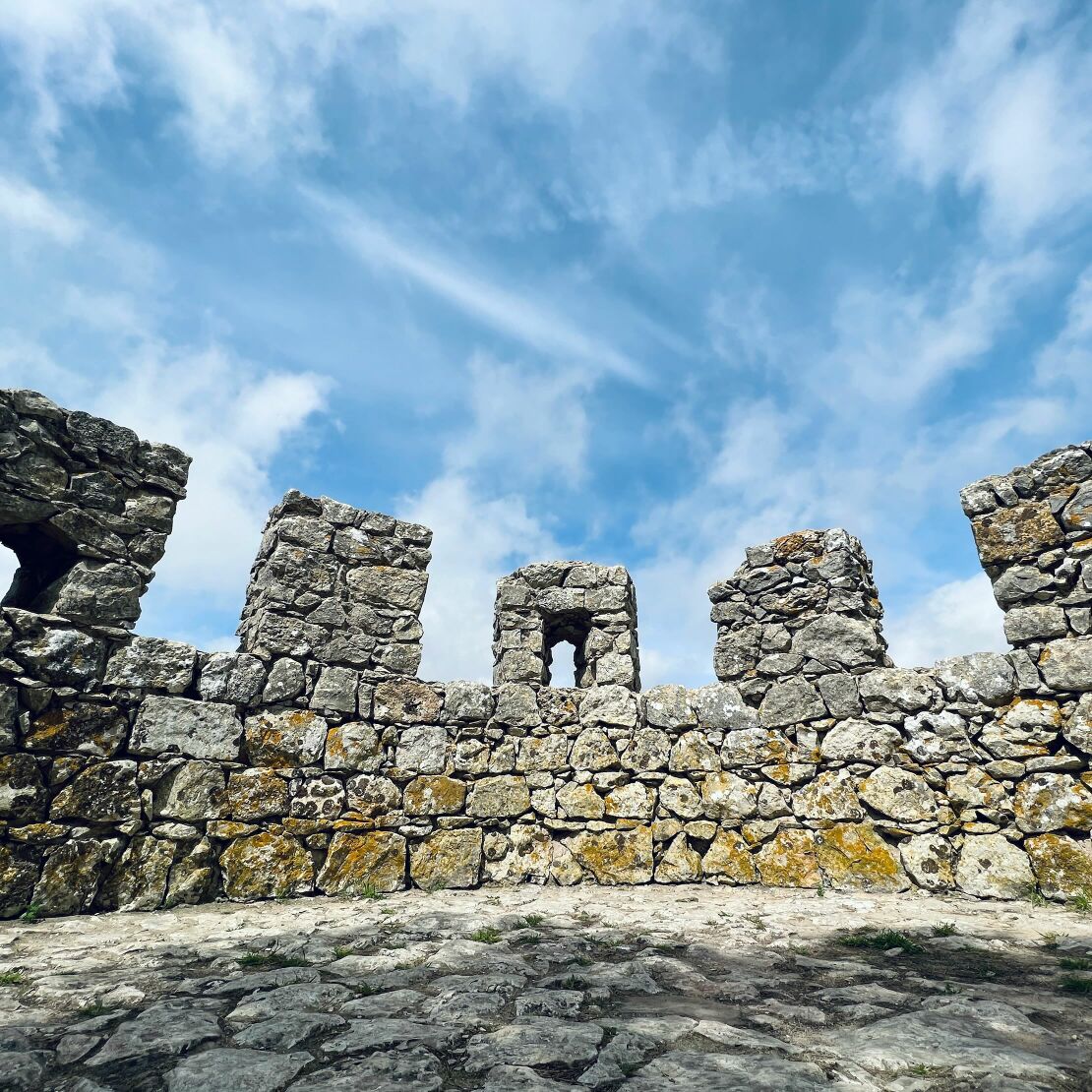Psalm 46 Exegetical Issues
From Psalms: Layer by Layer
Psalm 46/Exegetical Issues
Choose a PsalmNavigate Psalm 46
Exegetical Issues Video
EmbedVideo is missing a required parameter.
Introduction to Exegetical Issues
Presented here are the top three Exegetical Issues that any interpreter of the psalm—whether they’re reading the text in Hebrew or looking at a number of translations—are likely to encounter. These issues usually involve textual criticism, grammar, lexical semantics, verbal semantics, and/or phrase-level semantics, though they sometimes involve higher-level layers as well.
Exegetical Issues for Psalm 46
- Psalm 46:5 speaks of a river whose streams run to the city of God and "gladden" it. The river has been interpreted in a number of ways, e.g., (1) a real river or water course; (2) the river with four streams from Genesis 2; (3) water associated with the Temple in Jerusalem; or (4) God's royal provision of water to his city.
- The beginning of Psalm 46 abounds in water images, featuring the heart of deepest sea, raging and foaming waters in vv. 2-4, and a river with streams in v. 5. These images have led to varied interpretations not only of vv. 2-5 but also of the psalm as a whole. The focus of this exegetical issue page is on the waters in vv. 2-4.
- The Masoretic Text of Ps 46:10b lists several items that YHWH plans to destroy in his engagement with the hostile nations and kingdoms. If the first two terms—bow(s) and spear(s)—are straightforward, then the third one, עֲגָלוֹת, is less clear and causes difficulties in translation and interpretation. This in turn is reflected in ancient and modern translations.
